Last updated on June 6, 2023
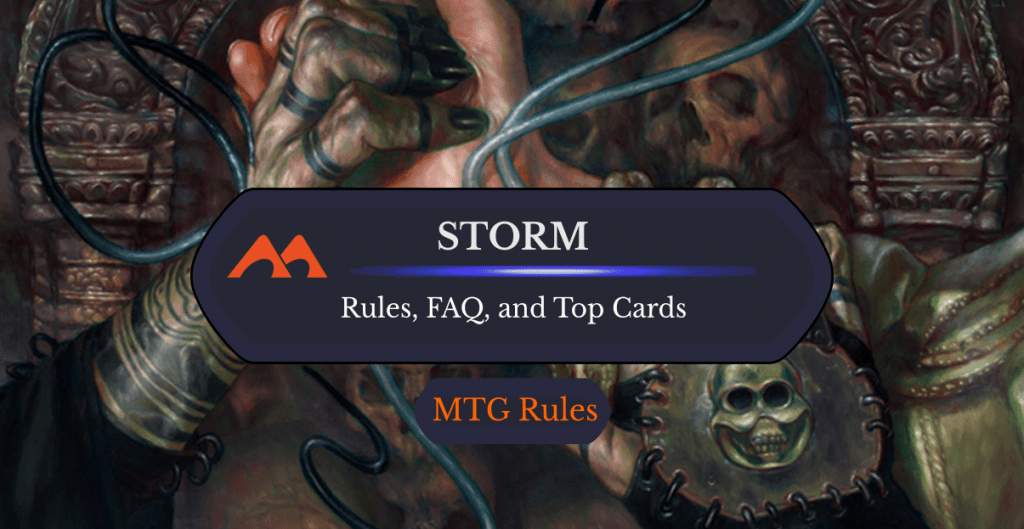
Tendrils of Agony | Illustration by Volkan Baga
Of the mechanics in MTG, storm is by far one of the coolest and most powerful to have ever existed.
Storm demands a deck completely built around itself, dominates the strategies of all players in the match, and has a massive reward for playing it properly. It works like no other mechanic in the game and is almost impossible to interact with, which turns every game into a race against the clock for the other players.
Let’s get right into the action!
How Does Storm Work?
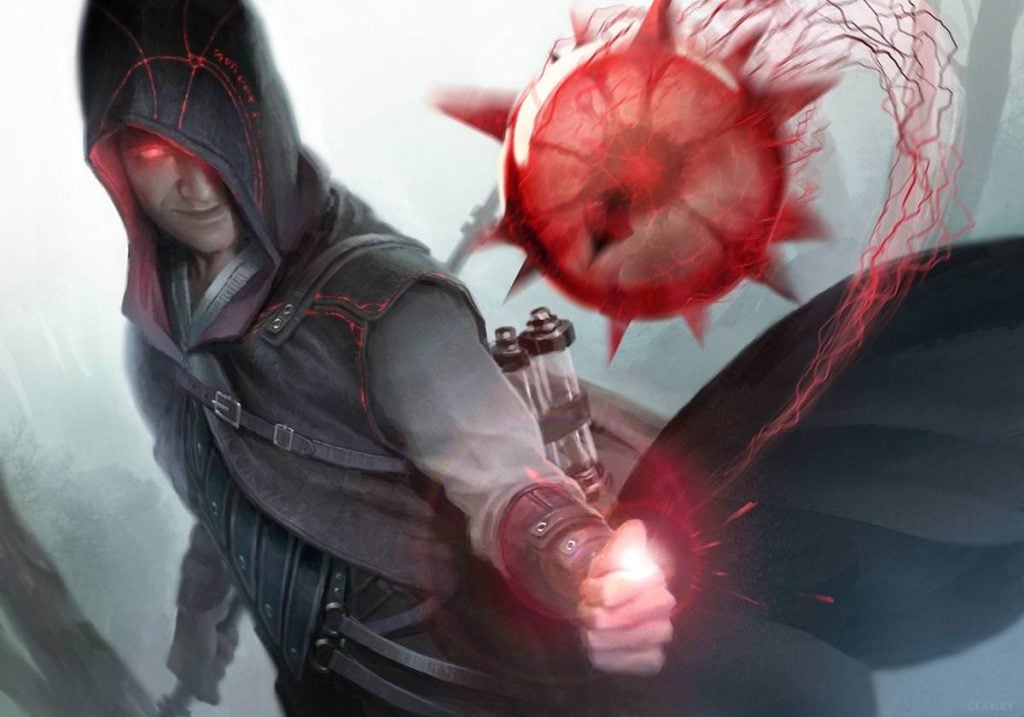
Grapeshot | Illustration by Clint Cearley
Storm copies itself for each spell cast before it in a given turn, which promotes a spellslinger style of gameplay with the idea to cast a large payoff spell to win the game. There are many ways to win with storm, like milling your opponent's deck or dealing lethal damage.
Regardless of the payoff option you choose, most storm decks work exactly the same. They run a large number of cantrip spells like Ponder and Brainstorm, plenty of ritual effects like Dark Ritual or Pyretic Ritual, and usually some recursion effects to make casting upwards of 10 to 15 spells in a single turn viable, like Past in Flames. After you’ve cast all your cards twice, your “storm counter” will be high enough that you can cast a spell with enough copies to win. That number is around 10 depending on how the game went if you’re running something like Tendrils of Agony.
Casting so many spells may seem like a lot but you’ll quickly realize how easy it is if you take a look at the cards you’re playing. Cards like Manamorphose are especially good with recursion effects. You can cast it twice, be card positive, and still have two mana of any color to work with. That’s already +2 to your storm counter and you’re almost guaranteed to win if you can get the engine running since your entire deck is built around succeeding.
The History of Storm in MTG
The storm mechanic was first introduced in Scourge in 2003 and was most recently printed in Modern Horizons 2. It debuted on cards like Astral Steel and Sprouting Vines, which were mediocre on their own but gained value if you played them as the second or third card that turn.
Storm isn’t an evergreen mechanic, which means you won’t see it in every single set like you do trample or haste. It’s actually somewhat of a rare mechanic in Magic. There are currently only 26 cards with the storm mechanic, but you probably already know quite a few of them anyway.
Cards like Tendrils of Agony, Grapeshot, Galvanic Relay, Flusterstorm, Empty the Warrens, Chatterstorm, and Brain Freeze are all practically household names at this point.
Why Is Storm So Powerful?
Storm isn’t weak to any kind of counterspell except Flusterstorm. Since it doesn’t do more per previous spell and instead copies, it creates a scenario where it can’t be shut down by single-use defensive interaction. It can also be difficult to know when to use your one Counterspell.
Storm’s biggest weakness is fast decks that can kill it before it has a reasonable chance of storming off. Many storm decks’ first few turns are just playing lands, if they even draw more than one or two, and passing the turn. Storm players only “go off” when their back is against the wall from an aggro deck or they have enough gas to have a reasonably high chance of just winning.
Storm doesn’t interact with your opponent, it waits until it has to or can easily win so a lot of the weakness is chalked up to the luck of the draw for both players.
How Is Storm Related to the Storm Scale?
The “Storm Scale” is a system of measuring the likelihood a mechanic will be printed in a future Standard-legal set. The system was originally made as a joke by lead game designer Mark Rosewater but has since become a legitimate way of ranking mechanics from “evergreen” to “never again.”
Things like artifact creatures or flying are ranked at “level 1,” which indicates they’re evergreen mechanics. But mechanics like cascade or storm are at the “level 10” spot, basically excluding them to non-Standard-legal sets and releases.
A good example of a “level 5” mechanic would be Blood tokens, which don’t have a spot outside of sets like Crimson Vow even though they’re not necessarily broken. There’s also a one-of-a-kind “level 11” which is exclusive to the “bands with other” mechanic that’s far too complicated to explain here.
Does Storm Count Itself?
Storm specifically says that it copies itself “for each spell cast before it this turn,” which doesn’t include itself. When you cast a spell with storm as the first spell in a given turn it won’t copy itself at all, it just casts once.
Does Storm Count Your Opponent’s Spells?
Storm does count your opponent’s spells as long as they were cast before the storm card on the same turn. Part of what makes storm so difficult to play around is that you end up giving the storm player an additional storm counter while denying them the extra card if you counter a cantrip, which may not always be a profitable outcome for you.
Does Storm Work with Copies?
Storm doesn’t work with copies. When you copy a spell with storm (or any other mechanic), you’re not casting more copies of the card you’re just using the ability to put more copies of the single spell onto the stack. Storm specifically reads that it creates a copy for “each spell cast before it,” not each spell that resolved or was copied.
Does One Storm Count Toward the Next?
The single card you cast with storm counts towards the storm count, but the X number of copies you make through storm won’t add to the storm counter. If you were to cast a Grapeshot with storm 9, you cast nine extra copies with the storm counter moving to 10. This means that your opponent could then cast Flusterstorm and copy it 10 times, leaving them with an additional copy of the spell to direct wherever.
Does Storm Count as “Casting”?
Copying a spell, regardless of whether it’s with storm or some other ability, doesn’t count as a “cast.” It’s the result of an ability, not its own casted spell. The only spell being cast when you use storm is the card with storm on it.
Does Cycling Count Towards Storm Count?
Cycling is an activated ability of a card you could cast, not the casting of the spell outright. The only things that can contribute to the storm count is the casting of spells so cycling doesn’t count.
How Can You Counter or Stop a Storm?
Since storm copies the spell you’d have to have as many counterspells as your opponent has copied spells, which is only really possible through Flusterstorm. The best way to stop a storm player from winning is to kill them before they can win.
The second-best realistic way is to use your counterspells and disruption to counter cards like Past in Flames, which gives the storm player access to tremendous card advantage. If they can’t play spells from their graveyard then it becomes much more difficult to get mana through what rituals they do have while also drawing new cards and digging for their payoff.
Are Cards with Storm Banned?
Since storm is so dependent on the rest of the deck working around it it’s a fairly “ban-safe” mechanic and build-around. It only has a few appearances on the banned and restricted list which include Chatterstorm, Empty the Warrens, and Grapeshot while Mind's Desire is restricted in Vintage.
Pauper has access to very few powerful counterspells and doesn’t typically win faster than a strong storm deck can, hence the heavy bans. It also includes many storm-enabling cards like Dark Ritual and Manamorphose, which are both legal storm-enabling cards.
How Does Thousand-Year Storm Work?
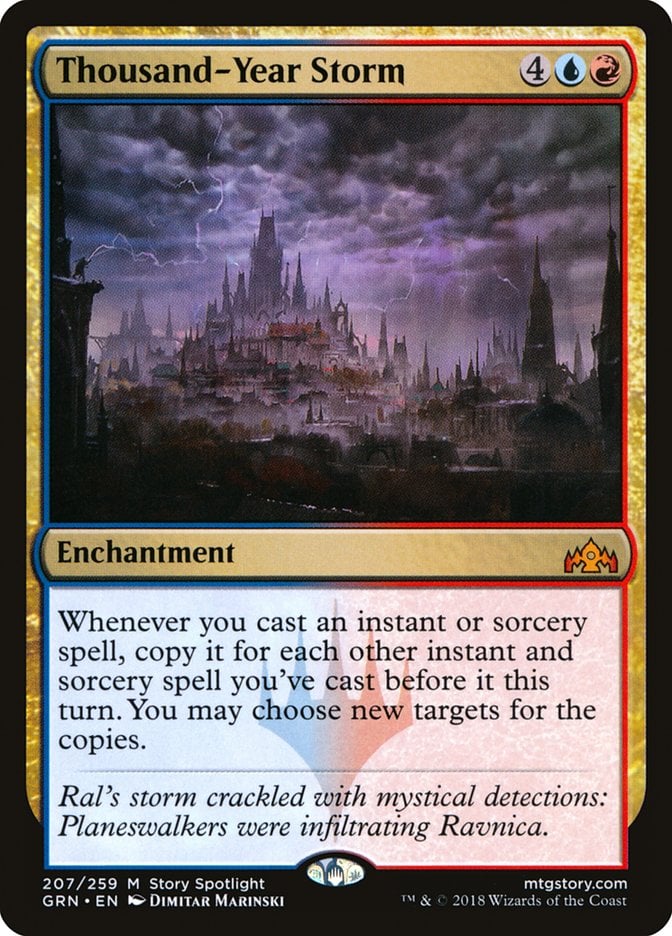
The enchantment Thousand-Year Storm basically gives every instant and sorcery that you cast storm. While this effect isn’t too crazy for the first or second card you play in a turn, it can get out of hand very quickly once it’s put on cards that would otherwise be very weak without it since storm is so potent. Paying four mana to leech for two with Tendrils of Agony by itself is pretty awful. It’s only the fact that it gets copied that makes it good.
But cards without storm are balanced with the mindset that they’re played once and that’s it. If you copy something like Alrund's Epiphany or Time Warp you’re suddenly so far ahead you’re basically just playing an “I win” card, especially when you’re getting multiple extra copies for free.
Gallery and List of Storm Cards
- Aeve, Progenitor Ooze
- Astral Steel
- Brain Freeze
- Chatterstorm
- Crow Storm
- Dragonstorm
- Empty the Warrens
- Fiery Encore
- Flusterstorm
- Galvanic Relay
- Grapeshot
- Ground Rift
- Haze of Rage
- Hindering Touch
- Hunting Pack
- Ignite Memories
- Krosan Adaptation
- Mind's Desire
- Reaping the Graves
- Scattershot
- Spreading Insurrection
- Sprouting Vines
- Temporal Fissure
- Tendrils of Agony
- Volcanic Awakening
- Weather the Storm
- Wing Shards
Best Storm Cards
Tendrils of Agony
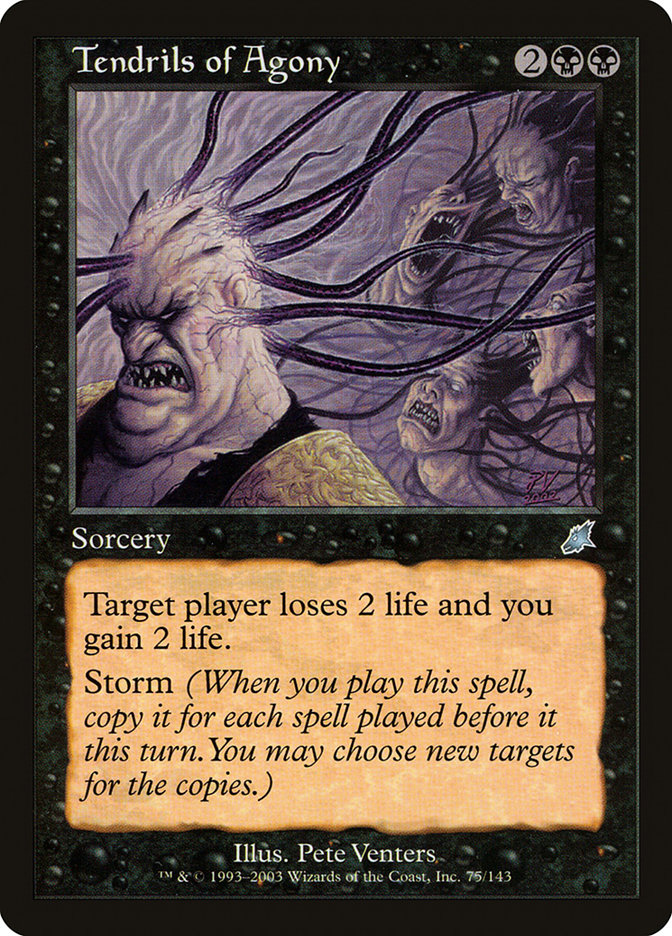
The most popular storm card when it comes to actual storm decks in Legacy or Vintage is Tendrils of Agony. It’s easily cast with something like Dark Ritual or Cabal Ritual which makes it a powerful choice when it comes to the mana cost.
It also needs the lowest amount of storm to win in a normal game. Something like Brain Freeze would take a storm of about 15 to 17 to win, much higher than the Tendrils’ count of 10.
Galvanic Relay
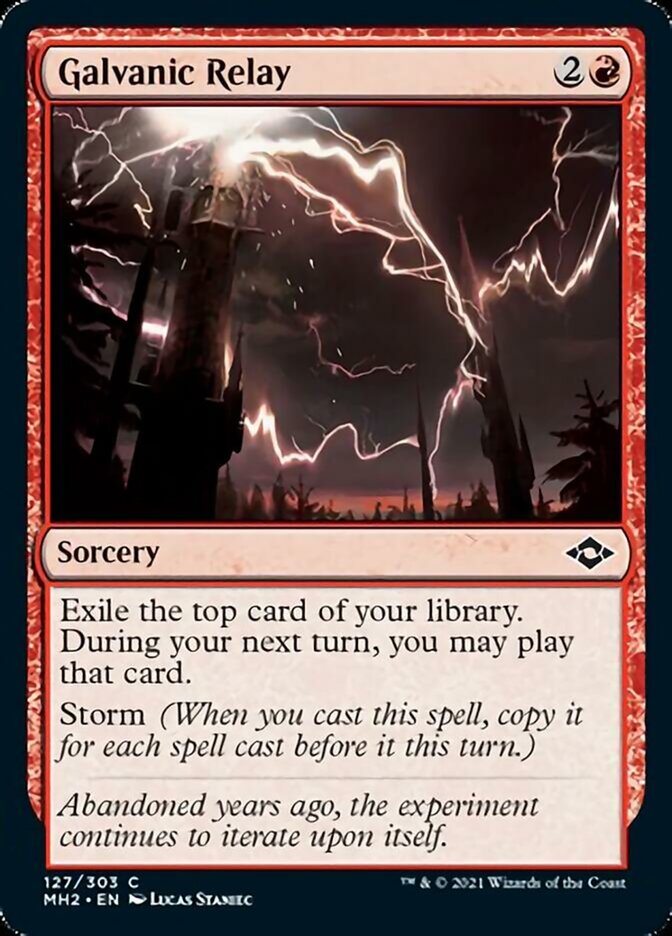
Galvanic Relay has seen considerable play in Pauper and is used in some Tron lists that generate storm through mana rocks like Chromatic Star.
Flusterstorm
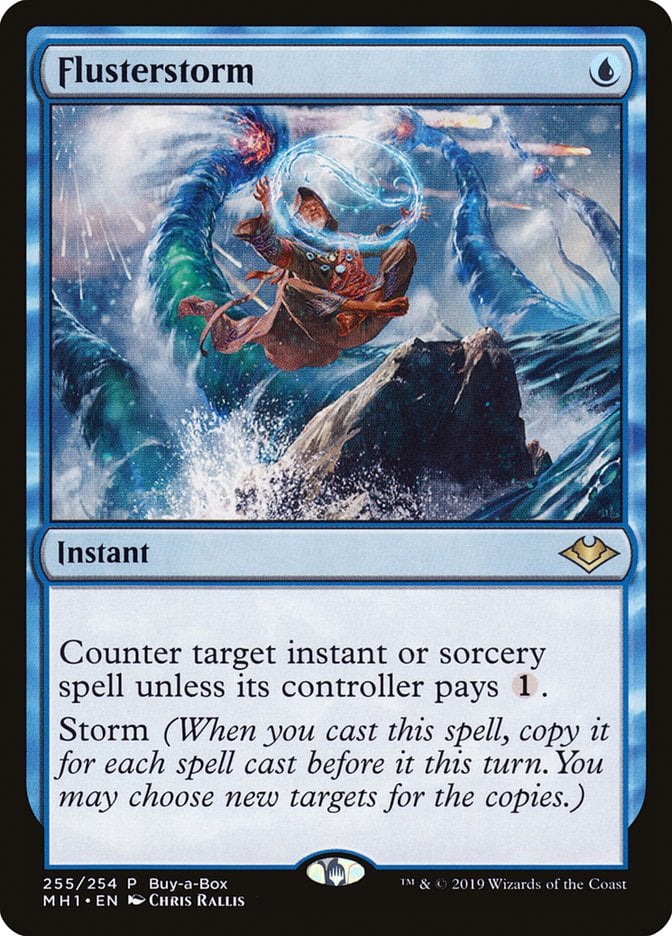
Flusterstorm is undoubtedly the most popular and widely played storm card in every format where it’s legal, most notably cEDH. It just becomes so powerful and tricky to beat. It isn’t easily undone through Force of Will or Force of Negation, which are typically the go-to defensive options when a deck needs to tap out to cast something.
It can also counter multiple things and becomes a grave threat when the stack is getting full and a counterspell battle (or some other action) happens between opponents in a multiplayer game.
Caleb Gannon Decklist: Tron Storm in Pauper
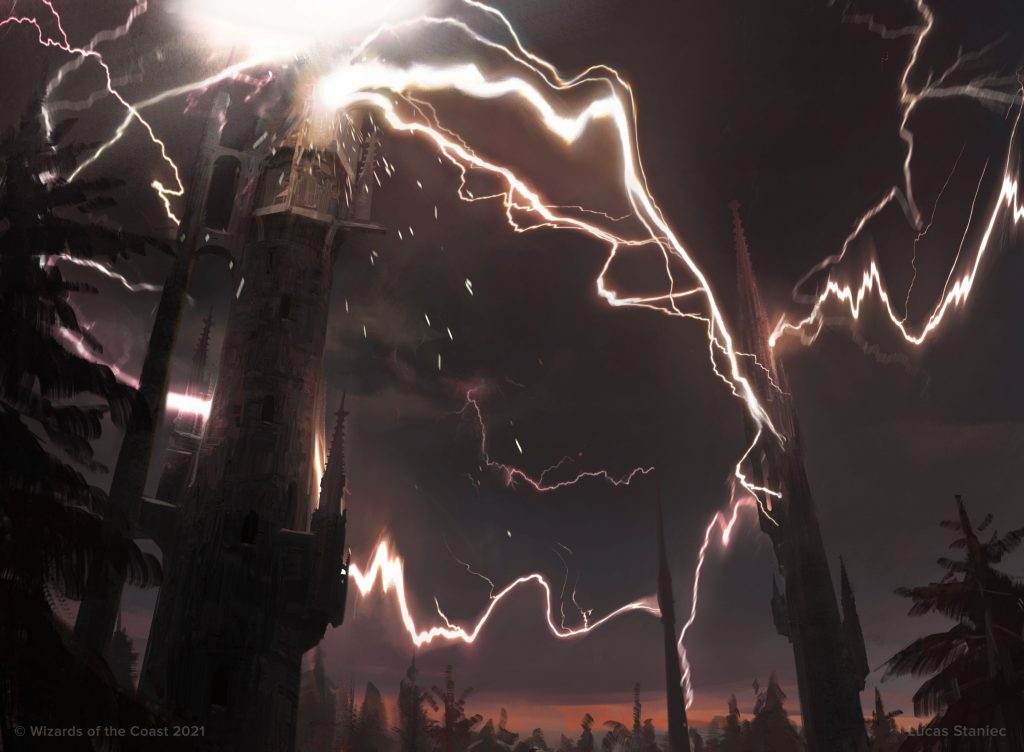
Galvanic Relay | Illustration by Lucas Staniec
Instants (8)
Crop Rotation
Manamorphose x4
Teach by Example x2
Weather the Storm
Sorceries (20)
Abundant Harvest x4
Ancient Stirrings x2
Explore x4
Galvanic Relay x4
Kaervek's Torch x2
Land Grant x3
Rolling Thunder
Artifacts (18)
Barbed Sextant x4
Chromatic Sphere x4
Chromatic Star x4
Guild Globe x2
Prophetic Prism x4
Lands (14)
Forest x2
Urza's Mine x4
Urza's Power Plant x4
Urza's Tower x4
Sideboard (15)
Circle of Protection: Red x2
Fiery Cannonade
Flaring Pain x2
Highland Forest
Kaervek's Torch
Pyroblast x4
Rolling Thunder x2
Weather the Storm x2
Normally I’d go with something like a Legacy or Commander storm deck to really show off the power of storm, but I think there's something to be said about this Galvanic Relay Tron list that shows up in Pauper leagues from time to time.
The deck works by generating lots of mana through the three Tron lands and using Galvanic Relay to generate huge amounts of card advantage. You then win through something like Rolling Thunder or Kaervek's Torch and your copious amount of colorless mana.
Wrap Up
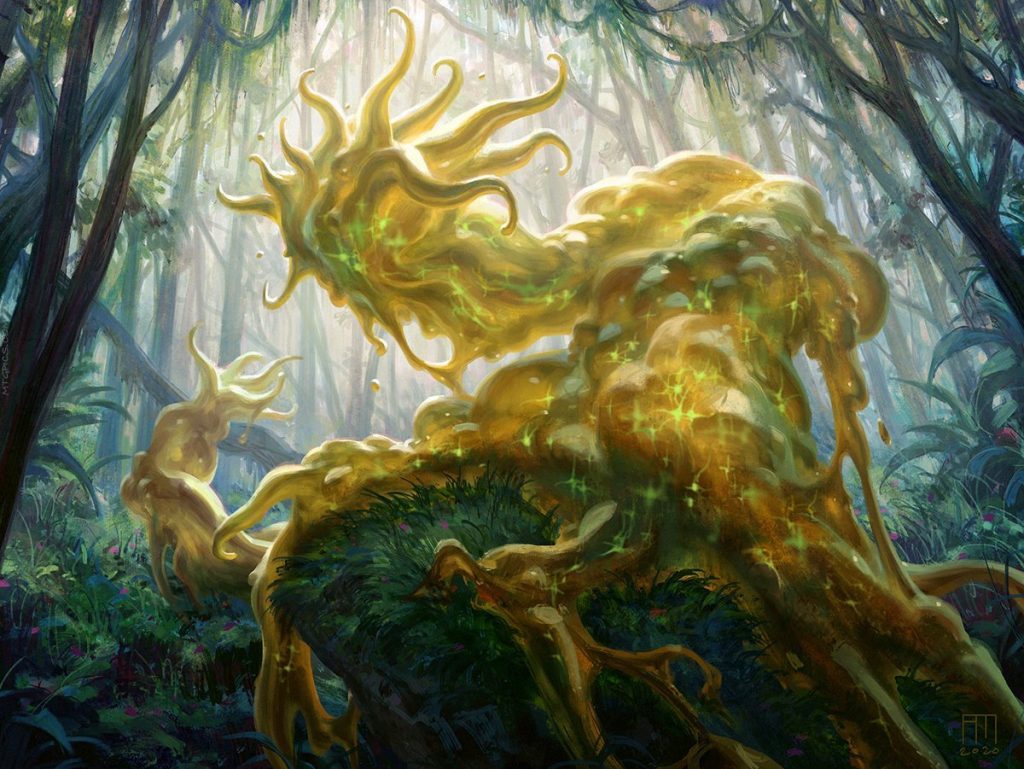
Aeve, Progenitor Ooze | Illustration by Andrew Mar
That’s all I’ve got for you today. I’m a huge fan of storm and writing this was incredibly fun for me.
I really hope you’ve learned a lot and that I’ve answered any questions you might’ve had about Magic’s most powerful mechanic. Let me know what you think of storm and the decklist in the comments down below or in our official Draftsim Discord.
And that’s all there is to it. Stay safe, stay healthy, and wash your hands!
Follow Draftsim for awesome articles and set updates:
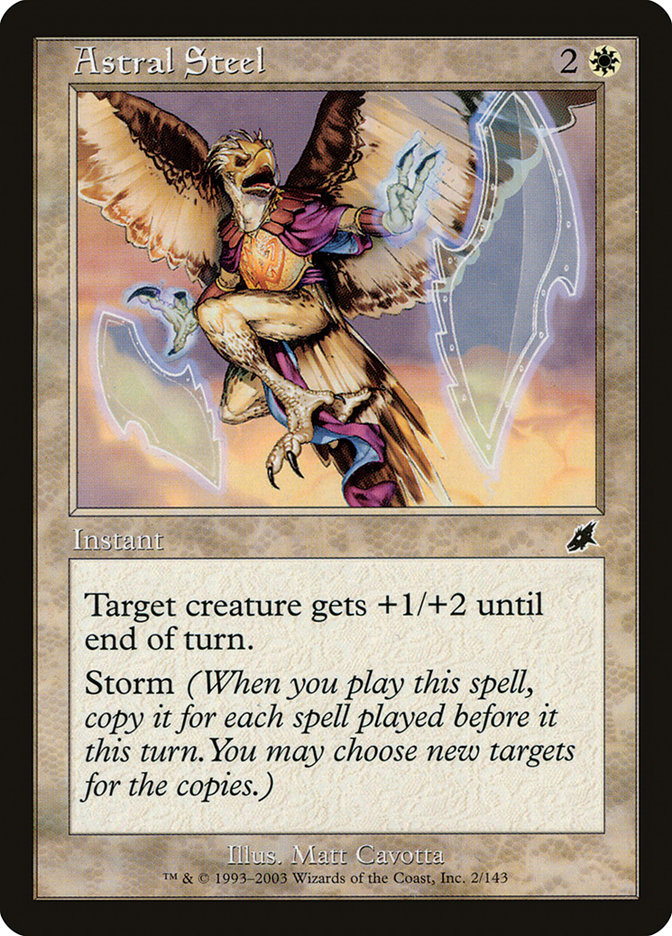

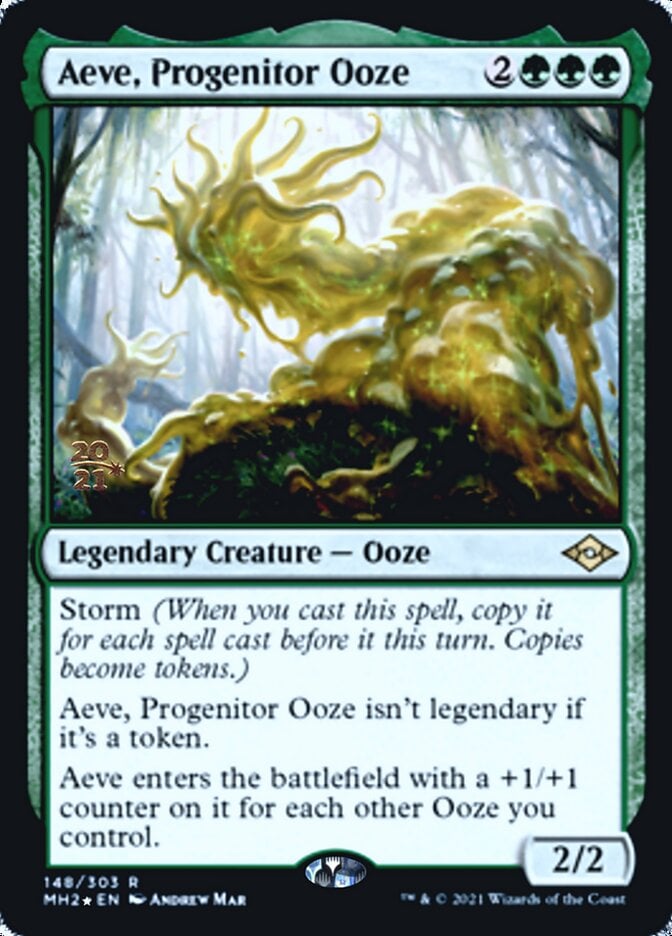
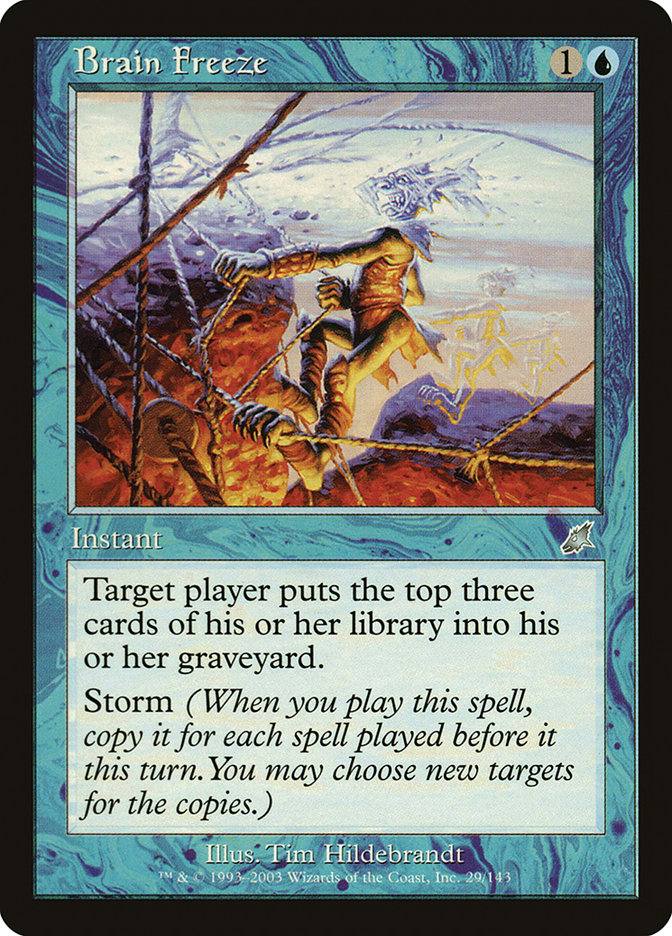
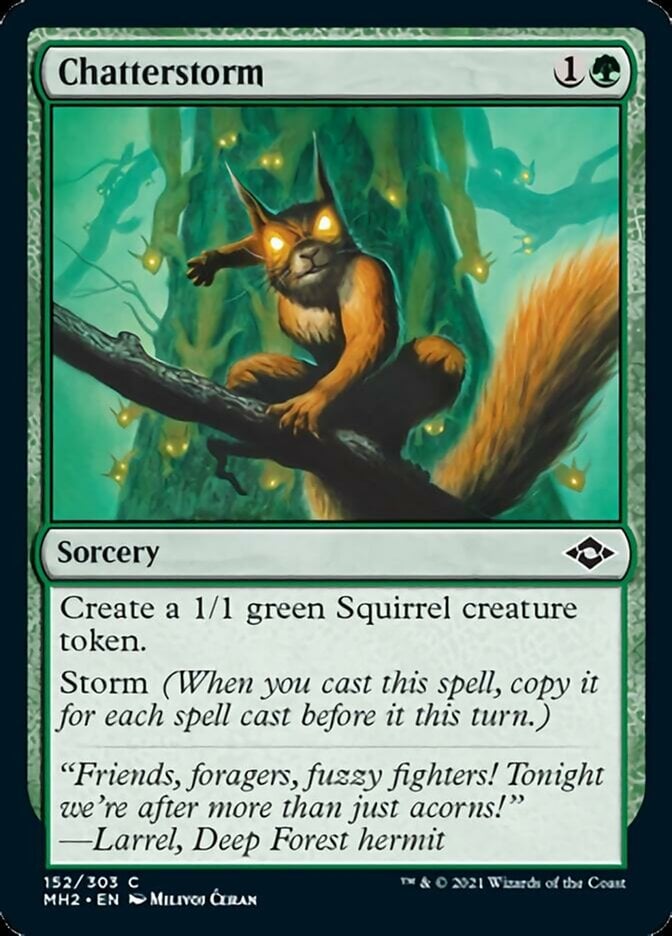
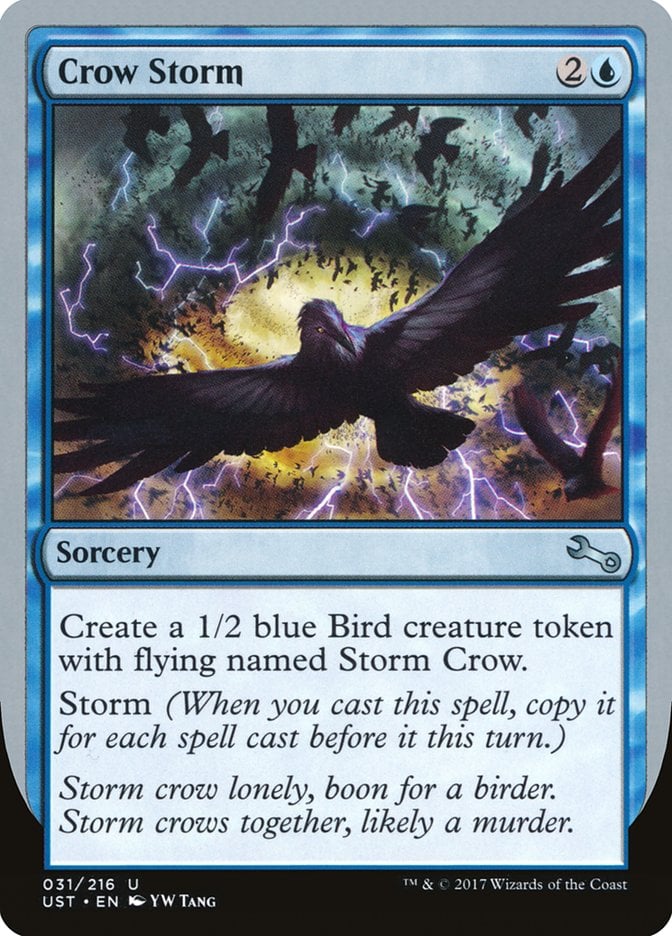
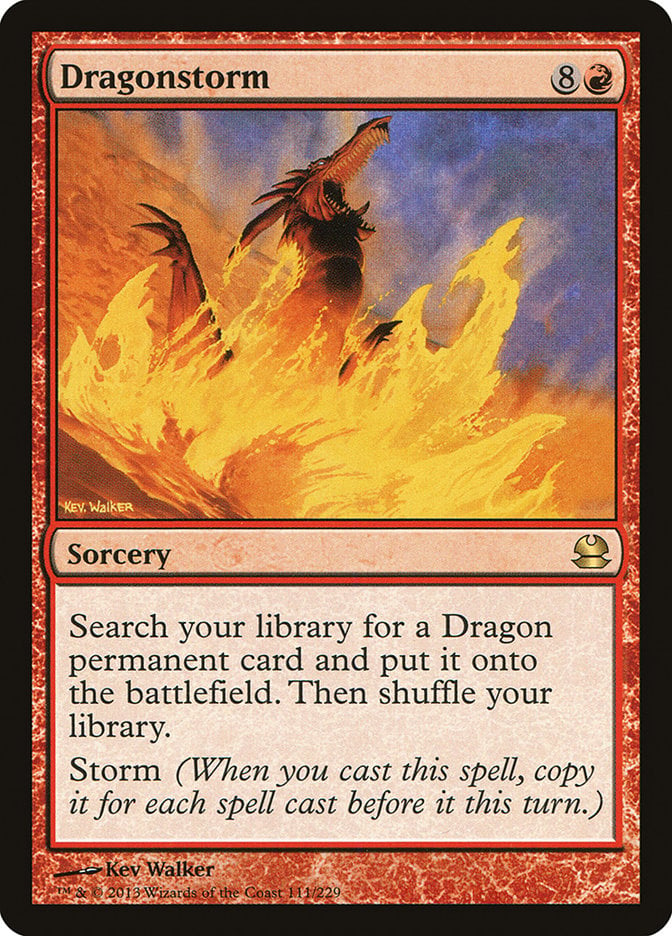
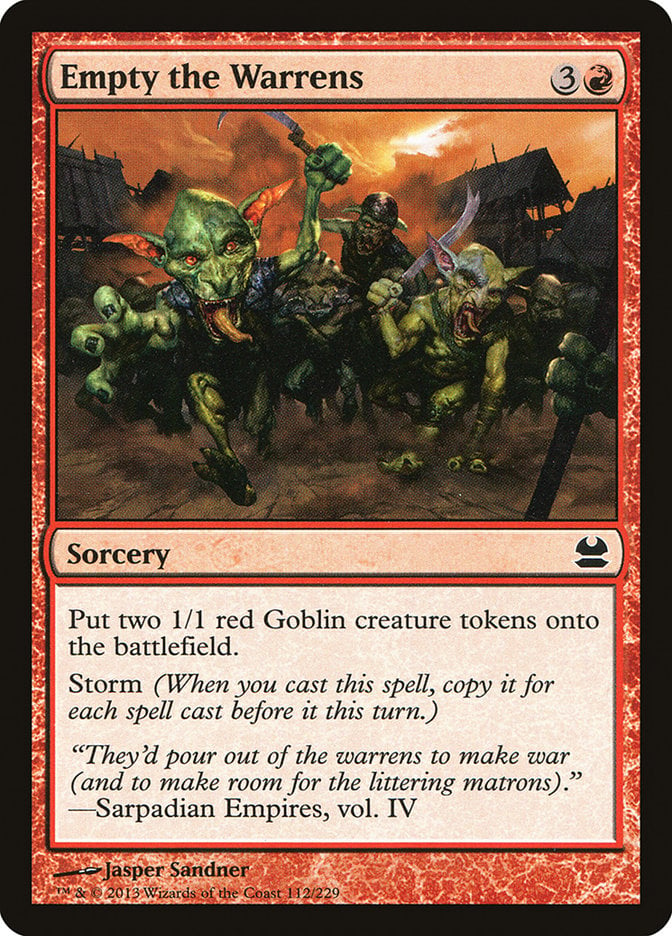
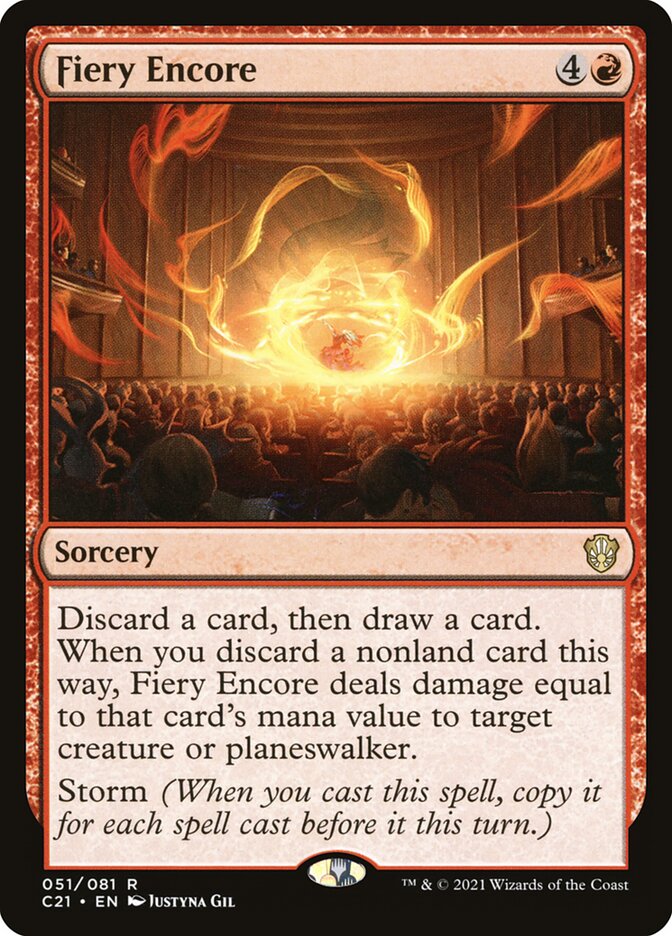

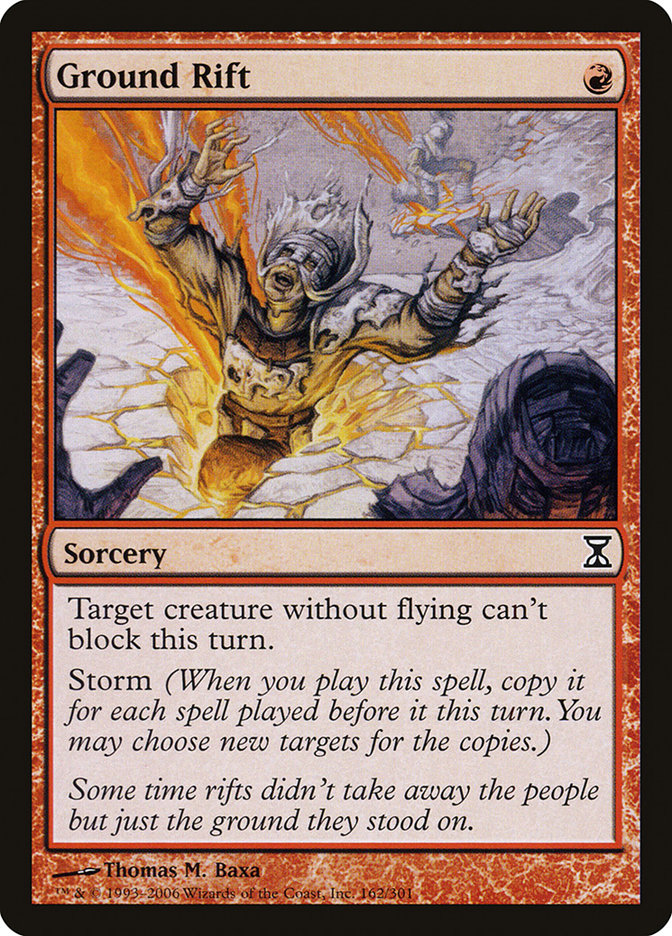

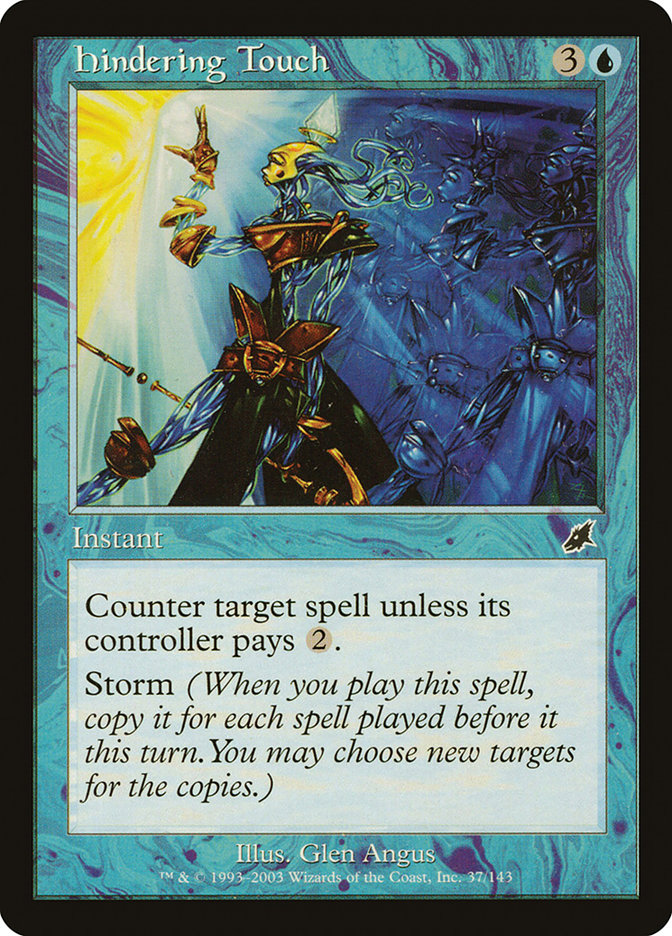
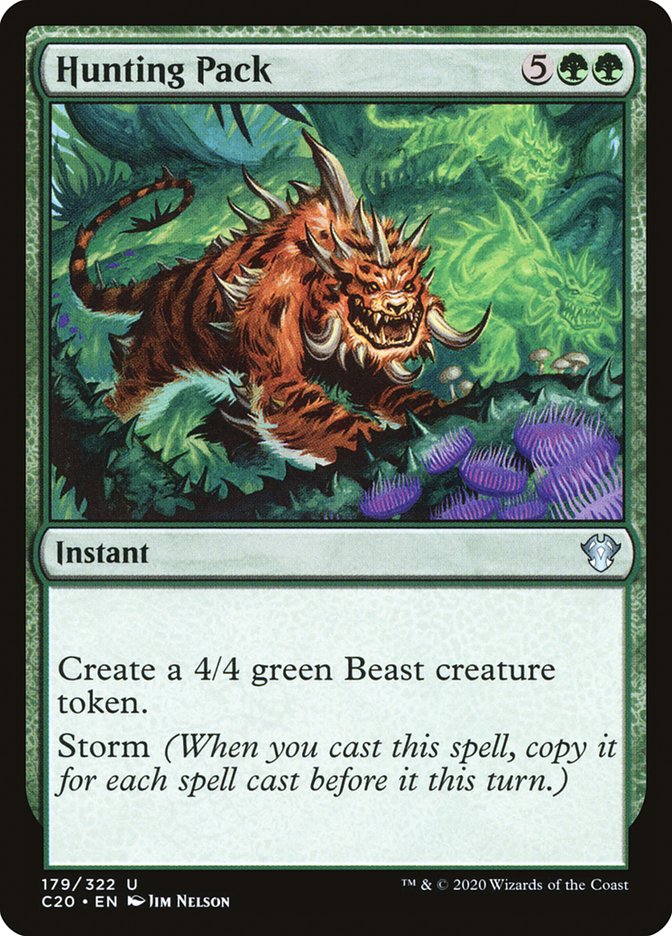


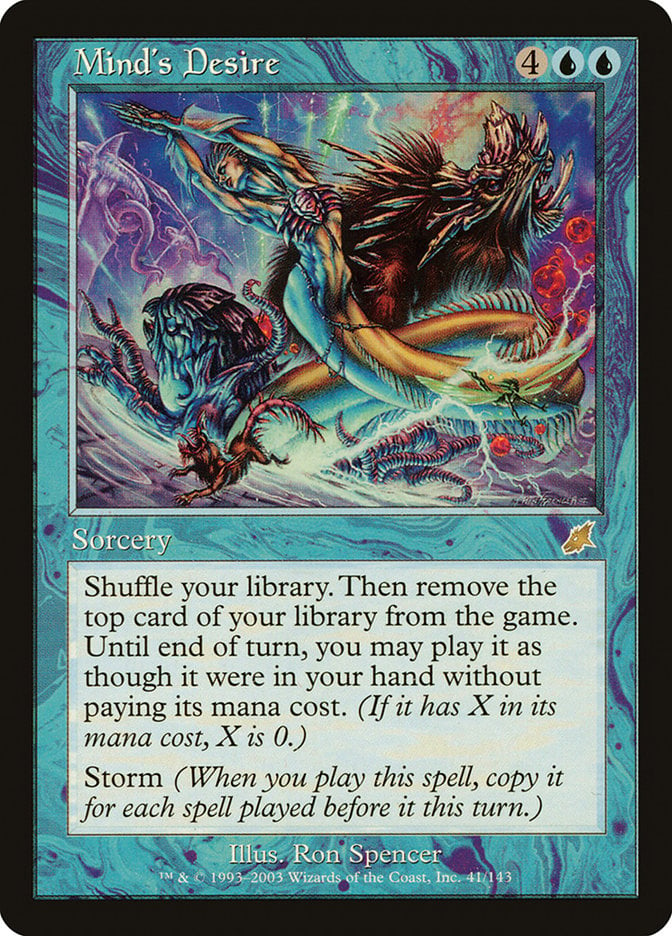
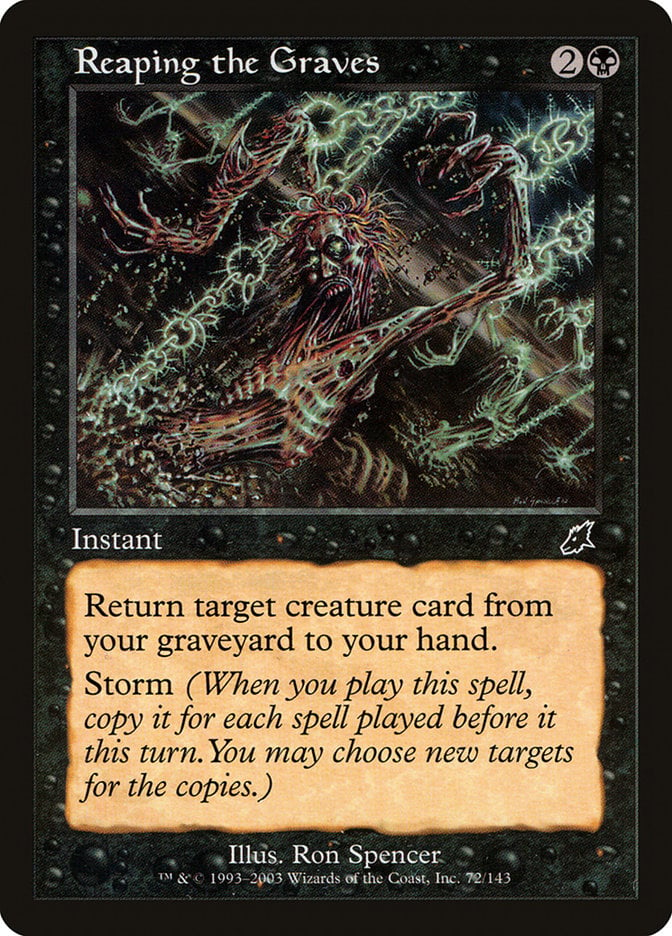
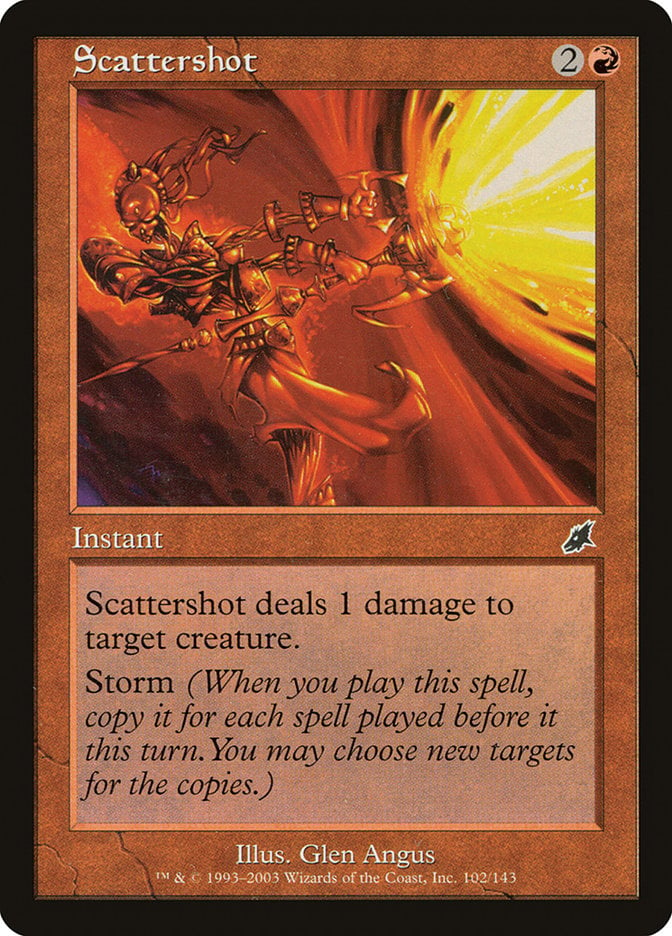

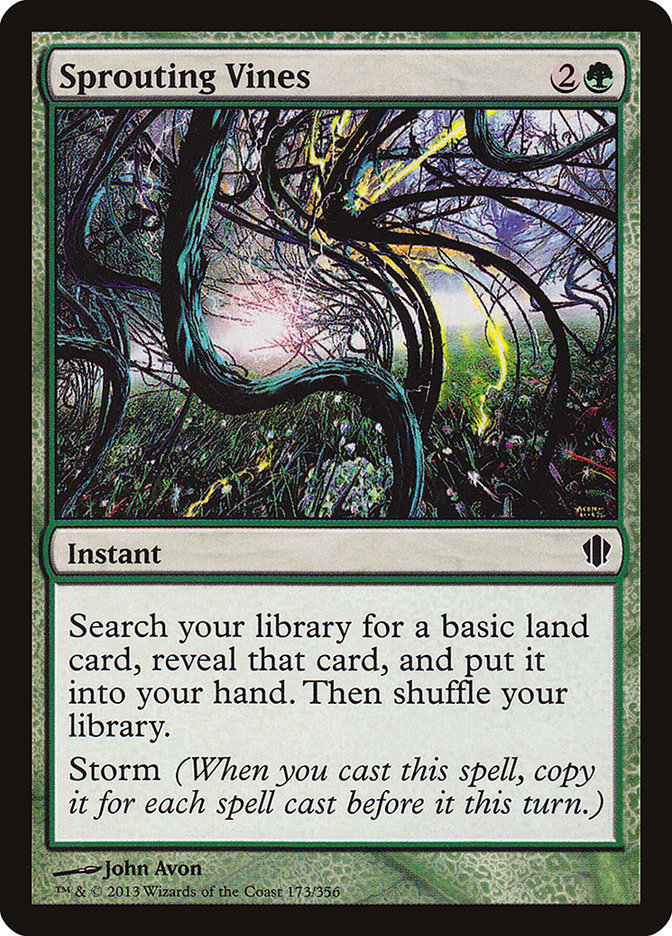
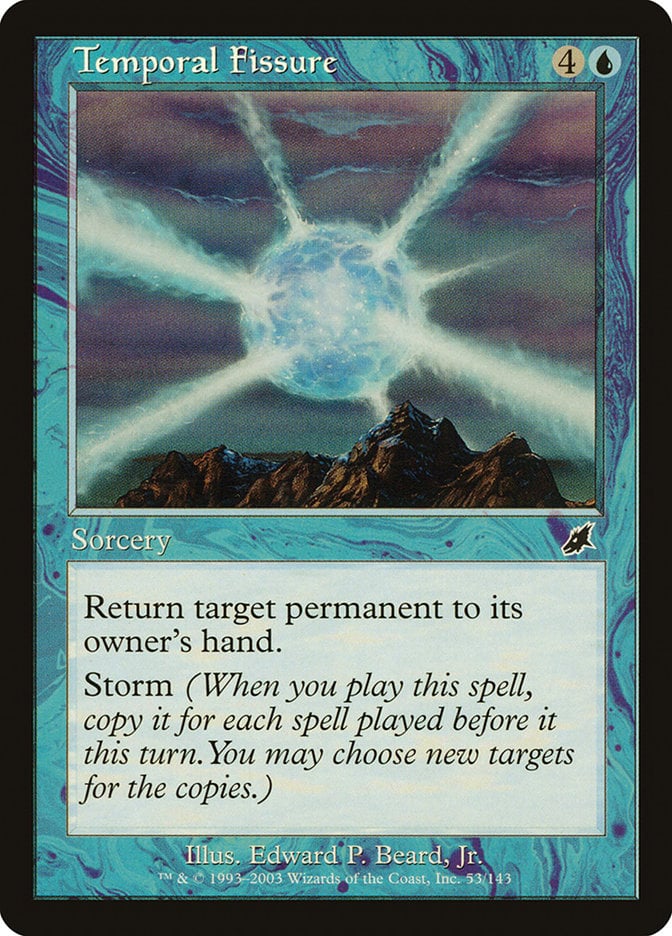
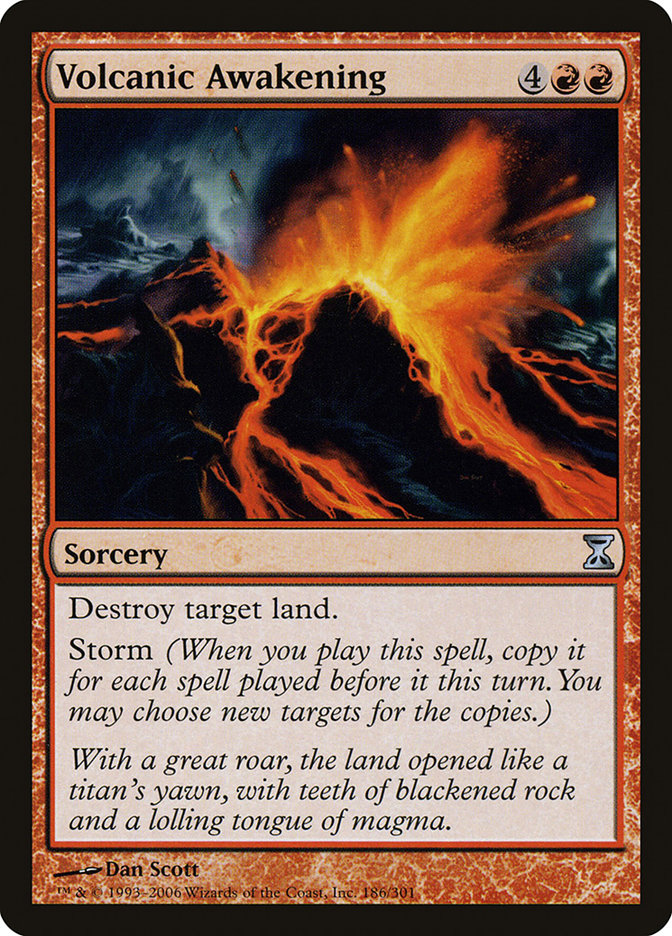
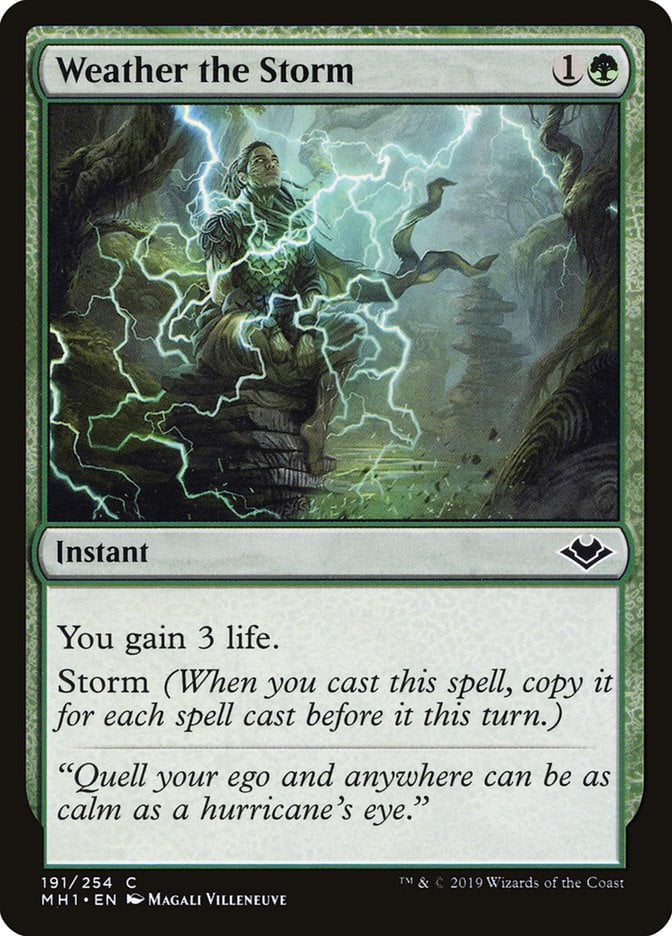
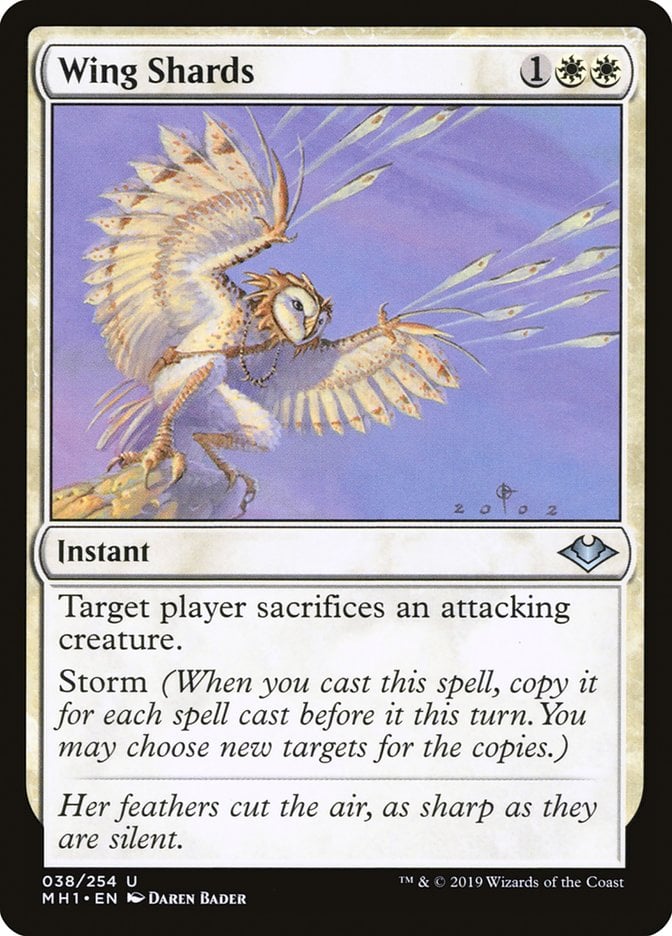
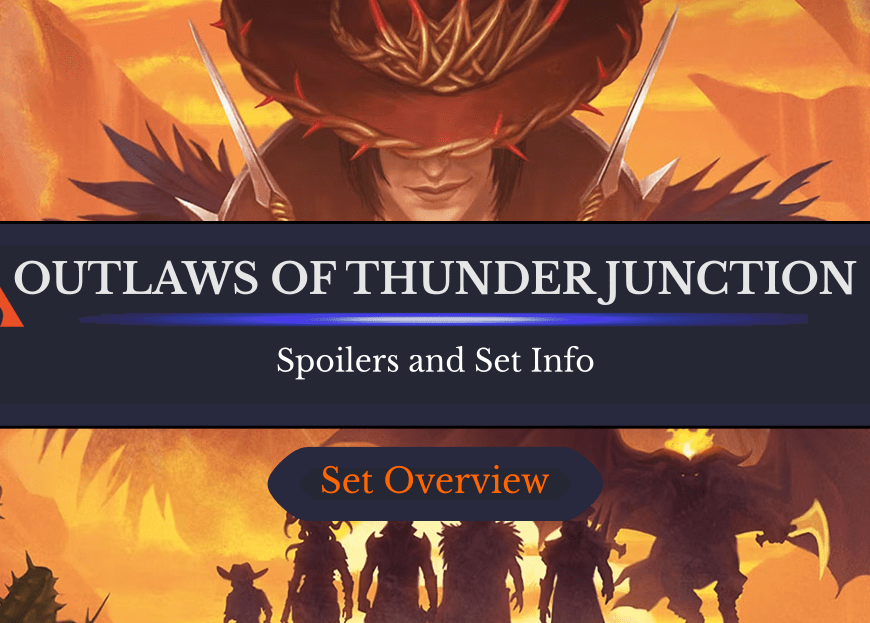
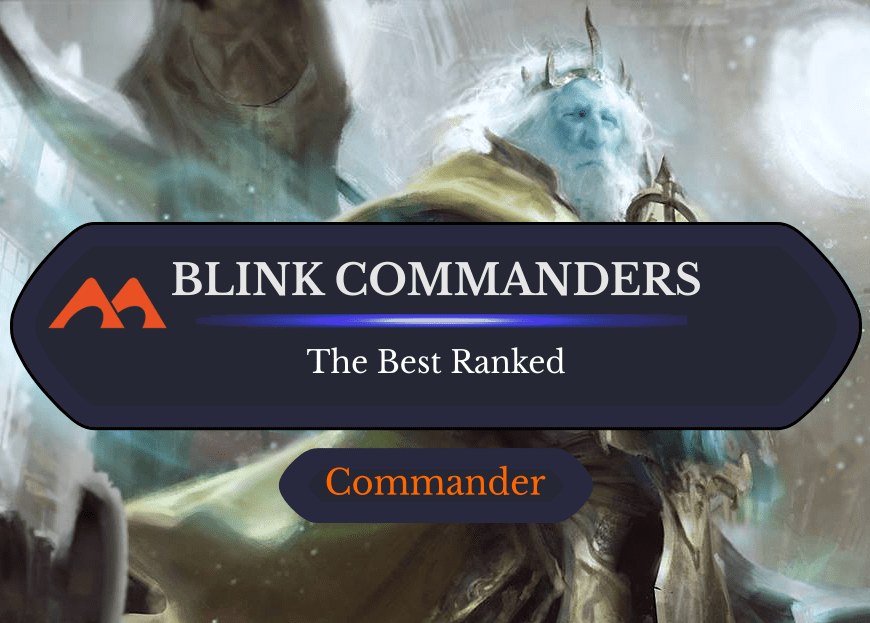
Add Comment